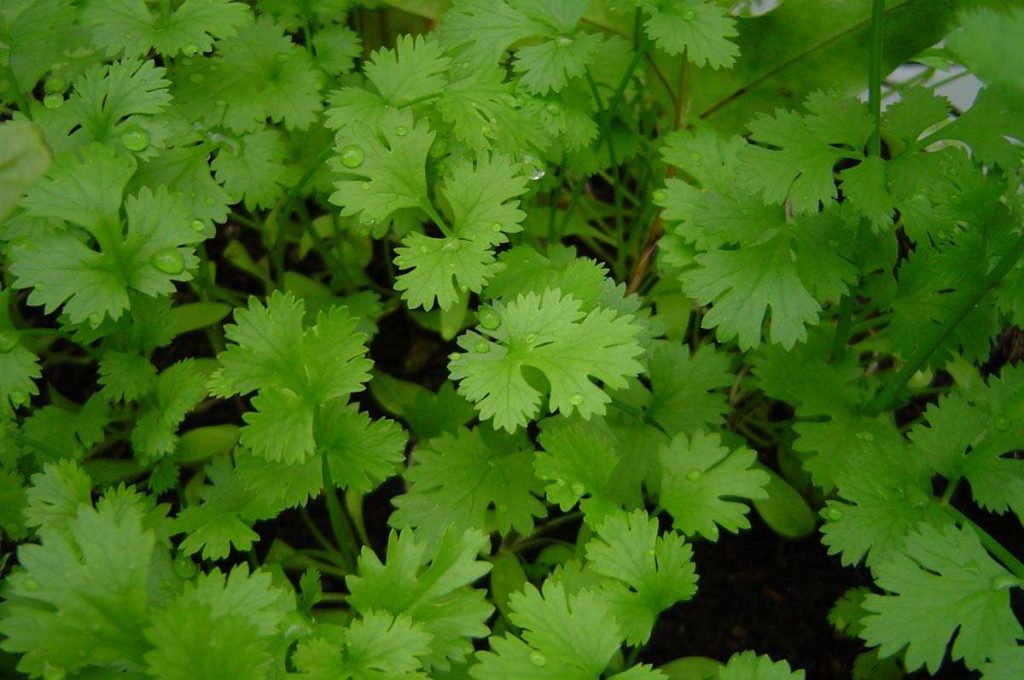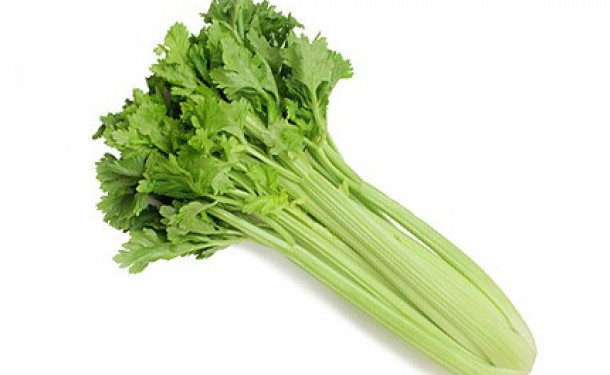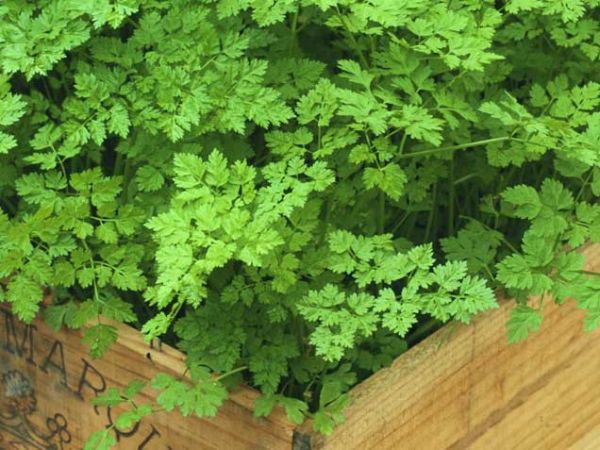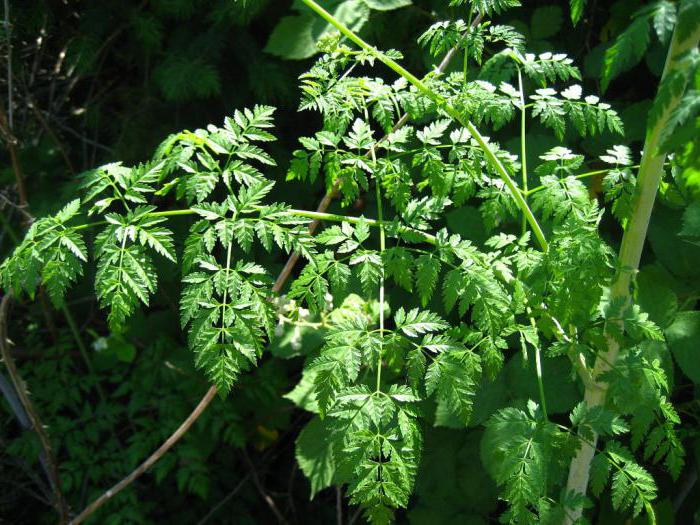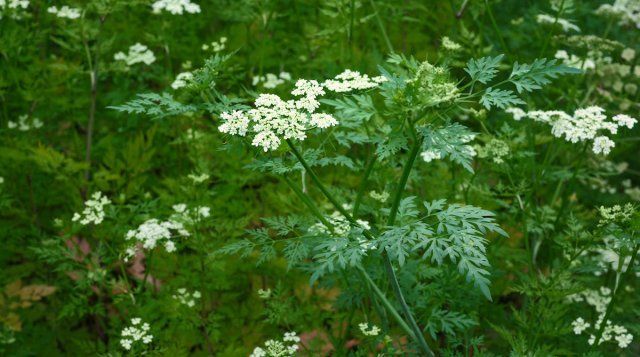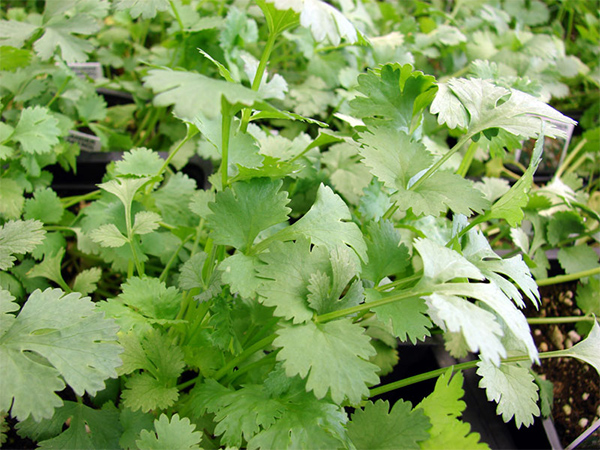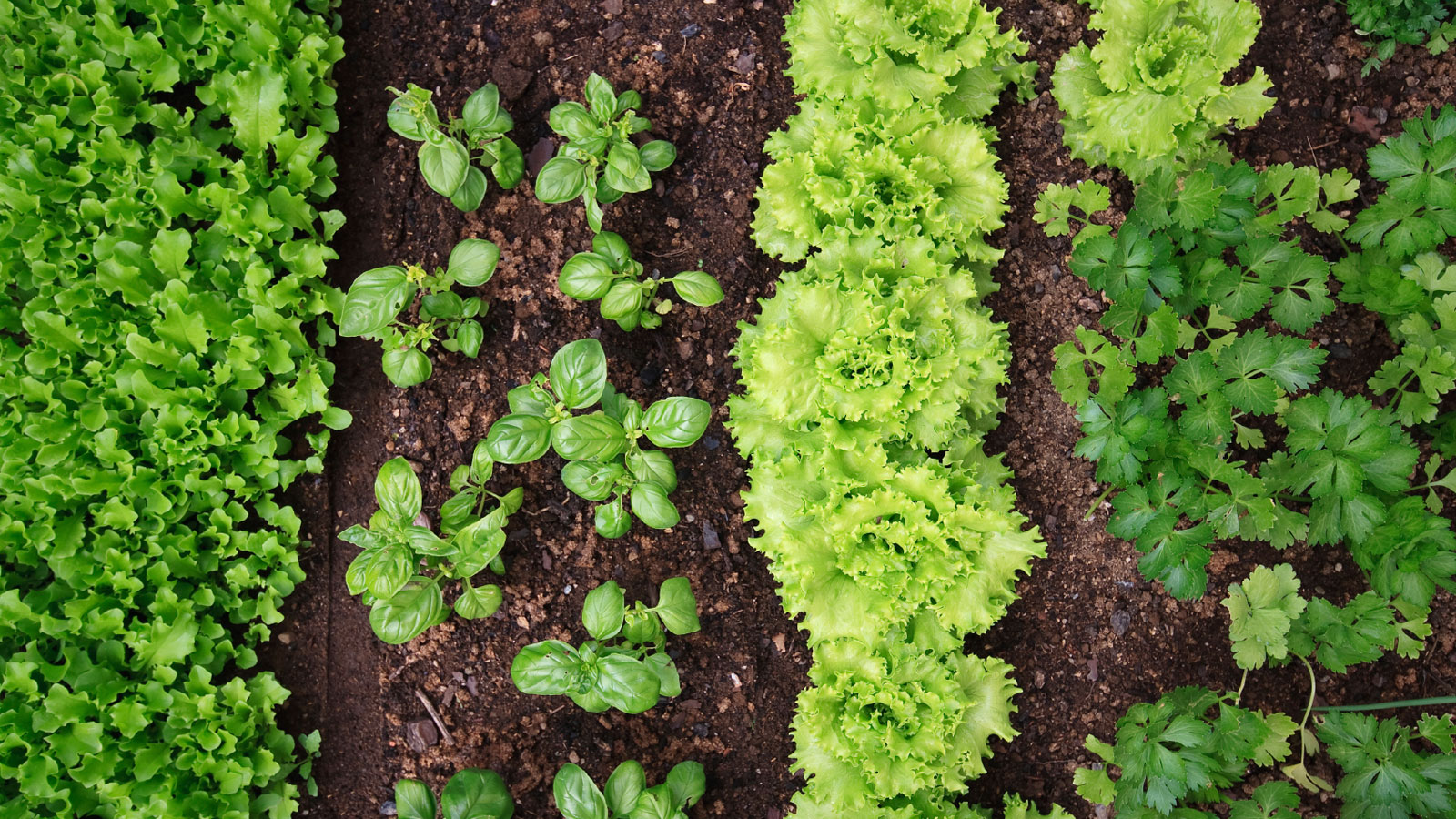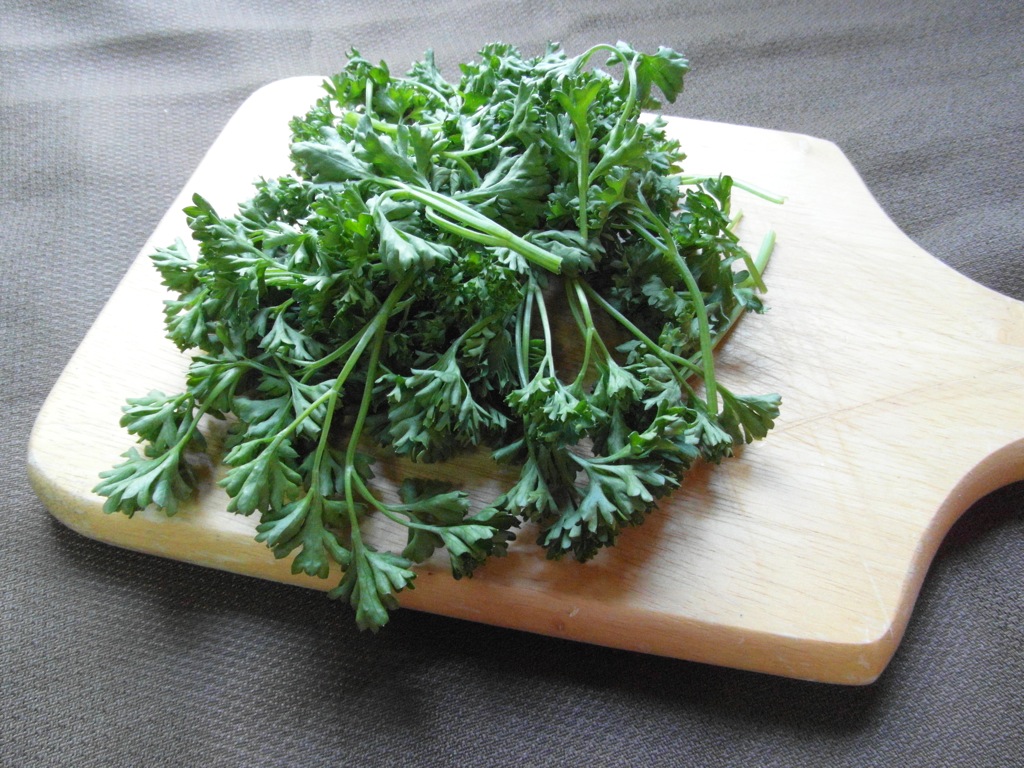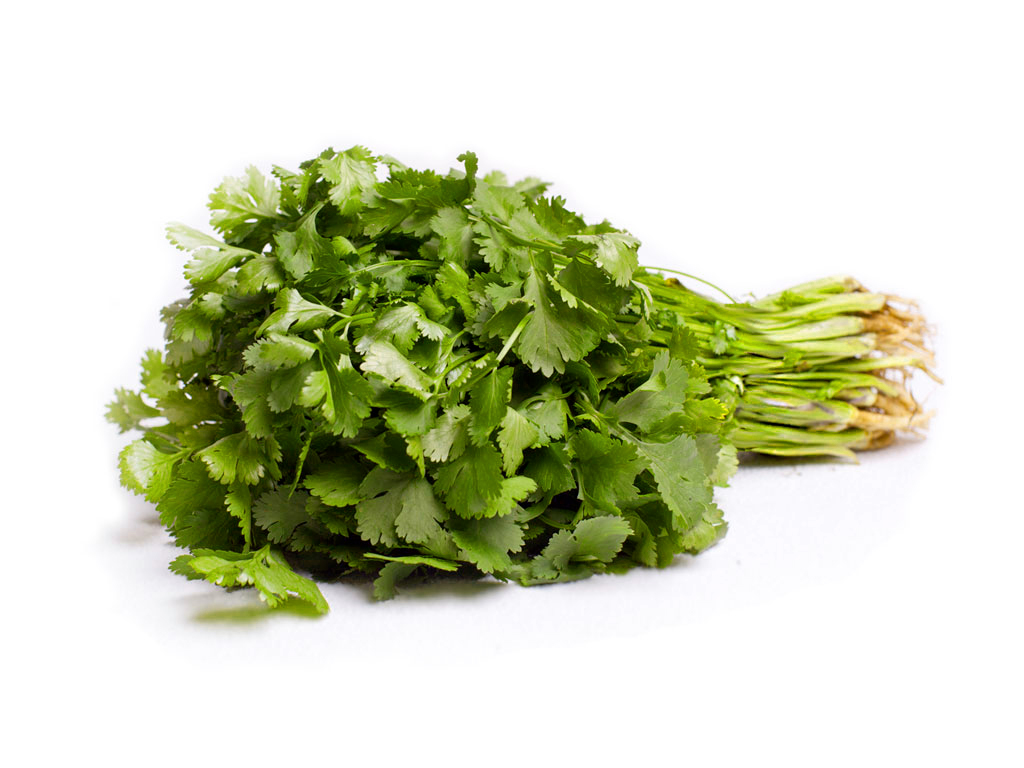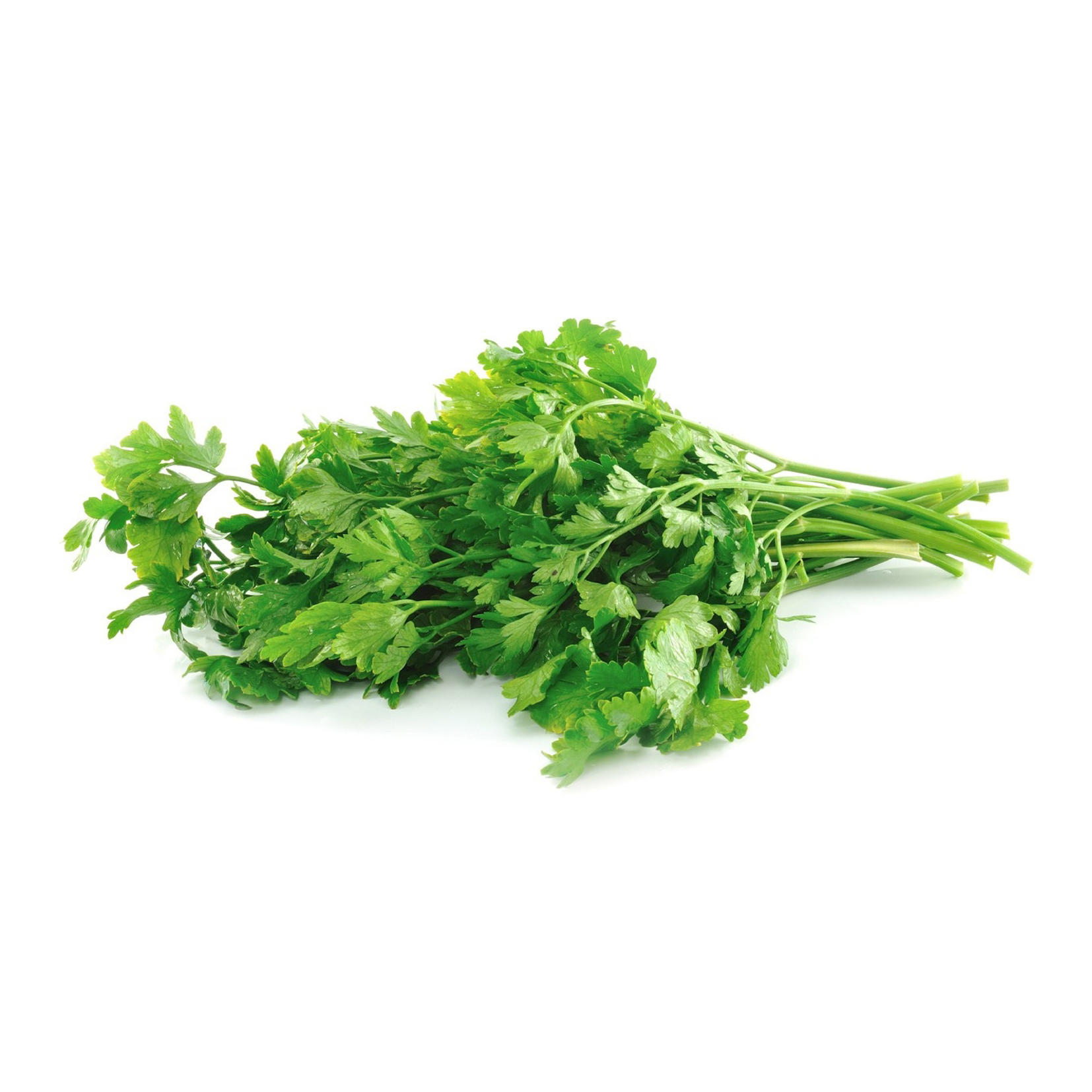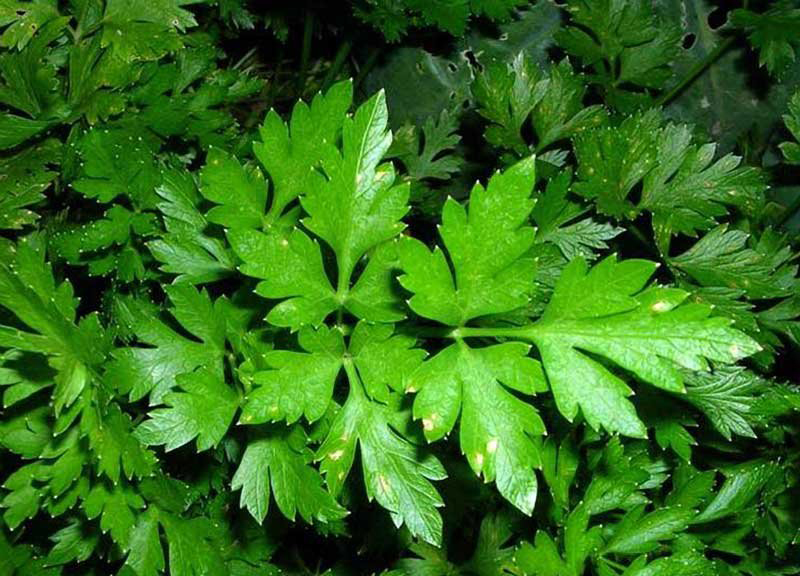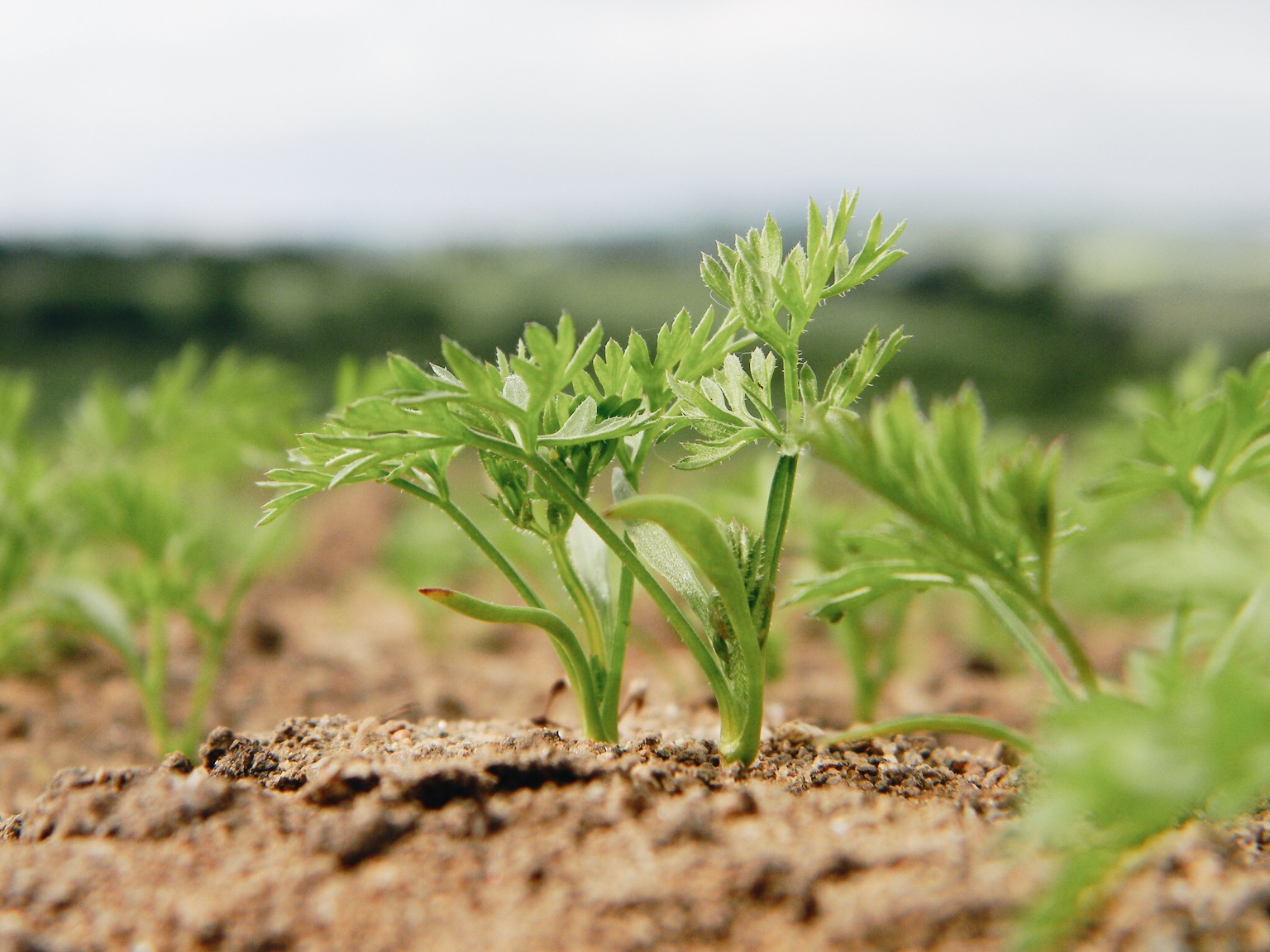Content:
Parsley is a fairly popular crop in most horticultural areas. But some budding gardeners make the mistake of identifying this herb, confusing it with other crops and even weeds. In order not to get into trouble, you should know what herbs parsley looks like and how to distinguish it. Few people know, but the number of plants that can be easily confused with the well-known spice is much larger than it might seem at first glance.
What plants does parsley look like?
The most common parsley-like herb is cilantro, celery, and lovage. But this list can be continued.
Cilantro
Cilantro is most often confused with the described spice. They say about her that this herb is almost like parsley with the smell that the bug emits. Cilantro is often used in Caucasian cuisine, but not everyone likes it. Most often, confusion between herbs is discovered when the herb has already been added to the dish, and it has a specific, unpleasant aftertaste for some people.
Celery
With its appearance, celery is very similar to the universal and well-known spice. True, the similarity is limited exclusively to foliage. If you look at the root of a plant, then it will not be thin and long, like that of parsley, but thick and round, large and similar to beets. And the taste of celery is a little bitter (especially with insufficient watering during the growing season).
Creeping buttercup
The appearance of the creeping buttercup is a lot like parsley. But one cannot call him the complete external twin of culture. This weed flower is found in many areas in many regions of our country. Unlike parsley, buttercup has antennae, and it will take a lot of effort to pull it out of the ground. This herb should be handled with great care. Replacing it with parsley in a salad can be fraught with health problems - in large quantities, this weed is poisonous. This plant is not used in food in principle - it is more often used in folk medicine as an external remedy.
Common chervil
Common chervil is an annual plant, with a height of 30 to 60 cm. It has triangular pinnately dissected leaves and a carrot-like rhizome (only white). Outwardly, the herb is not very similar to parsley, but it is quite possible to call the plant similar to this culture, because they have almost identical taste, and it will be unrealistic to notice the difference in the finished dish.
Vech poisonous
A rather dangerous weed that looks like parsley in appearance is a poisonous one. It grows not only in Europe, but also in Asia and America. The plant may also be popularly called cat's parsley or water hemlock. The plant has a rather pleasant smell, but 100 grams of grass will be enough to kill a cow with this wild crop. Fortunately, in Russia, poisonous vech is not very common, and gardeners have practically no risk of confusing it with common garden herbs.
Kokorysh
Another dangerous twin of parsley is called the coquine. In fact, these are flowers with leaves like parsley. The shade of the inflorescence is white. Grass grows in gardens, roadsides and fields. In another way, it can be called dog parsley.
Coriander
Coriander is very similar to popular greens.It can turn green in the same way as parsley, but its leaves are much softer and more tender. It is by touch that the plant is most easily distinguished from its botanical twin.
Signs of parsley
The easiest way to identify parsley is by knowing its exact biological description. Experienced gardeners will not even begin to figure out how a culture should smell, but they will easily identify it by its appearance alone. It is a spicy perennial herb with a thickened, fleshy taproot that can be up to 30 cm long.
In the first year of life, the plant gives rise to a rosette of long-petioled pinnately dissected leaves with wedge-ovate, very small leaves of a rich green color. In the second year, the plant forms one or more flowering stems. They are erect, round and have a height of 30 to 150 cm.
Parsley flowers are small, yellow, yellow-green or whitish-green, depending on the particular variety taken. They are collected at the ends of the branches in a small inflorescence in the form of a complex umbrella (central and several lateral).
The crop fruit can be gray-green or grayish-brown. It is small, its length varies from 2 to 5 mm, and it is not used for food.
The flowering culture usually occurs between June and August. Plant confusion often occurs also because there are quite a few plant varieties. Parsley can be leafy (with a fairly large rosette of smooth leaves), root (with a thickened root crop) or curly.
People's Councils
To prevent the wrong herbs from getting on the home table, you just need to be careful. Folk wisdom does not give specific recommendations on how to accurately determine the right herb. But if you try, then the probability of error will be minimized.
If herbs are bought, and not grown independently, the probability of buying something else is slightly higher. Before the eyes of the buyer, there is a grass that has undergone pre-sale preparation: cut to one length and tied in bunches. In such a situation, if the seller cannot guarantee that he is well versed in greenery, it is inappropriate to focus only on the appearance of the culture. But even in this case, there is a solution - you can just taste the grass. You should not be afraid to do this. It is unlikely that the poisonous twin of culture will be on the counter.
